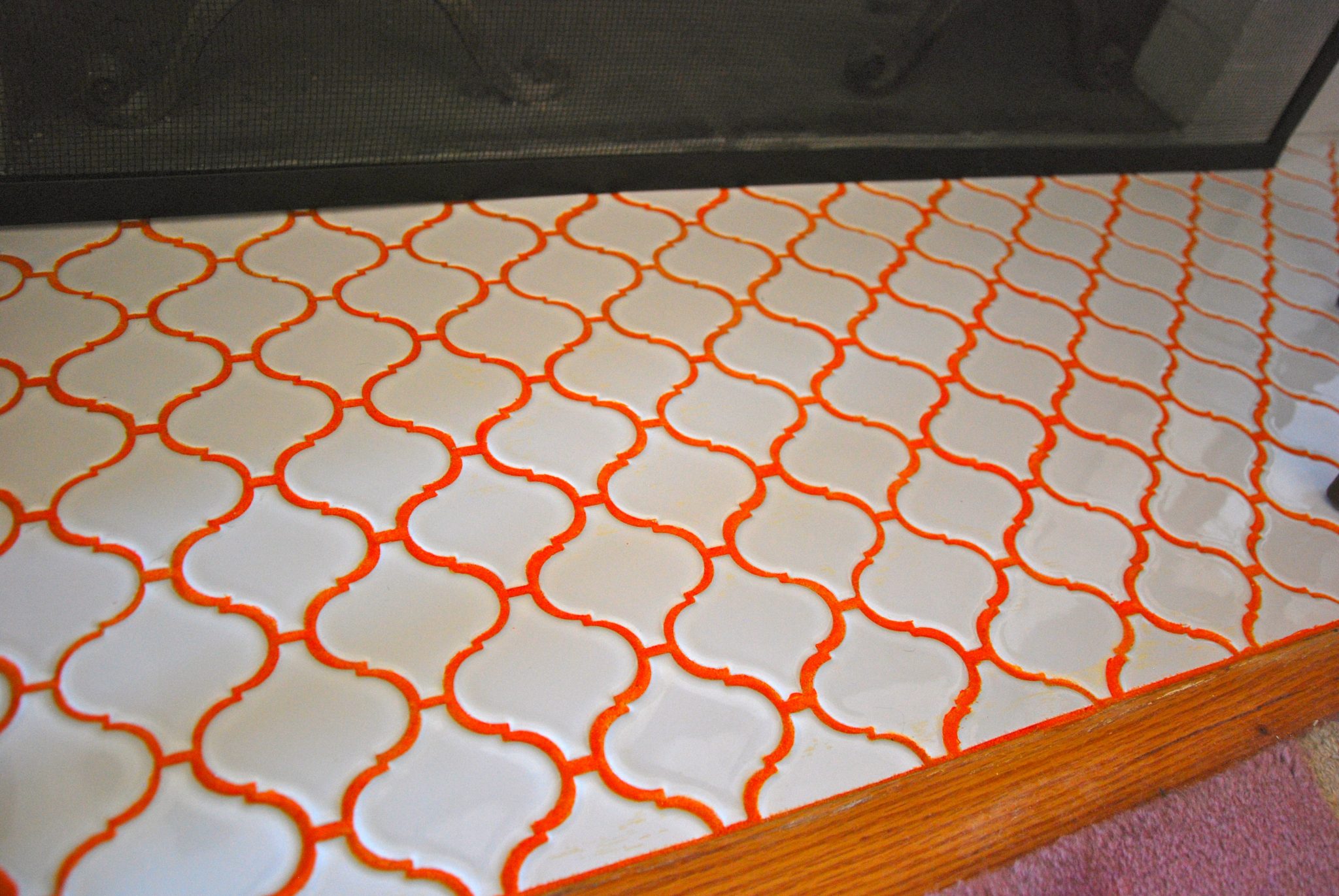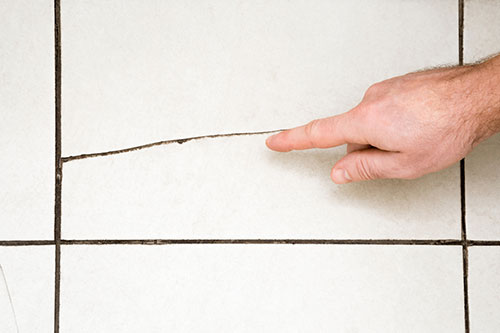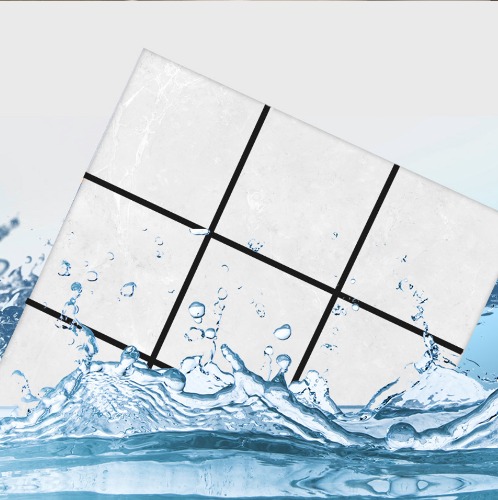The Ultimate Guide to Tile Grout: Everything You Need to Know
What is Tile Grout?
Made of cement, sand, water, and occasionally additional ingredients like polymers, tile grout is a thick, fluid mixture. It improves the look of the tiled surface, prevents moisture intrusion, and provides structural support by filling in the spaces or joints between the tiles. The type of grout you use for a project will depend on its unique requirements as well as your aesthetic preferences.

Types of Tile Grout
1.Cement-based grout- The most popular kind of grout is cement-based grout. Sand, water, and Portland cement make up its composition. It works well for most surfaces, including countertops, walls, and floors.
2.Epoxy Grout- Epoxy grout is highly durable, resistant to stains, and offers excellent color retention. It's often used in areas prone to heavy moisture or staining, such as bathrooms and kitchens. However, it can be more challenging to work with and is typically more expensive.
3.Sanded vs. Unsanded Grout- Grout that has been sanded has finer sand particles, which makes it appropriate for tile joints that are wider than 1/8 inch. Conversely, for thinner tile joints—typically less than 1/8 inch—unsanded grout is utilized.
4.Colored Grout- A range of colored grouts are available if you want to give your tiled surface a splash of color. These can be contrasted with or matched to your tiles and come in cement-based and epoxy varieties.
 (Example of a Colored Grout)
(Example of a Colored Grout)
Functions of Tile Grout
Structural Support
- Grout reinforces the tiled surface, preventing tiles from shifting or cracking under the weight of foot traffic or other loads.

Water Resistance
- Properly installed grout helps seal the joints, making your tile surface water-resistant. This is particularly crucial in areas exposed to moisture, like bathrooms and kitchens.

Aesthetics
- Grout lines can impact the overall look of your tiled surface. You can use grout to create a seamless appearance, or you can make a design statement with contrasting grout colors.

Tile Grout Installation and Maintenance
Installation
a. Prepare the surface by cleaning it thoroughly and ensuring it's free from debris.
b. Mix the grout according to the manufacturer's instructions.
c. Apply the grout with a rubber float, pressing it into the joints.
d. Wipe away excess grout using a damp sponge.
e. Allow the grout to cure according to the manufacturer's recommendations.
Maintenance
a. Regularly clean the grout to prevent the buildup of dirt and stains.
b. Avoid using harsh chemicals or abrasive cleaners, as they can damage the grout.
c. Consider sealing the grout to enhance its stain resistance and protect it from moisture.
The grout between tiles is a crucial element of any tile installation that is frequently disregarded. In addition to offering water resistance and structural support, it also enhances the tiled surface's overall beauty. You can make sure that your tile grout functions properly and looks fantastic for many years to come by selecting the appropriate grout type and adhering to recommended installation and maintenance procedures. Comprehending the fundamentals of tile grout is essential for attaining the intended outcomes, regardless of the size of your DIY project or the installation of large-scale tiles.
--------------------------------------------------------------------------------------------
For inquiries contact us thru:
Email: inquiry@buildeee.com
Phone: 0992-347-4372
Interested in applying a Loan? Visit us via:
Let's get connected! ⭐
Facebook: www.facebook.com/buildeee
Instagram: www.instagram.com/buildeee
TikTok: www.tiktok.com/buildeee
Twitter: www.twitter.com/@buildeeepro
LinkedIn: www.linkedin.com/buildeee
- #Tile Flooring
- #Grout
- #tile grout
- #tile
- #bathroom
- #walls





